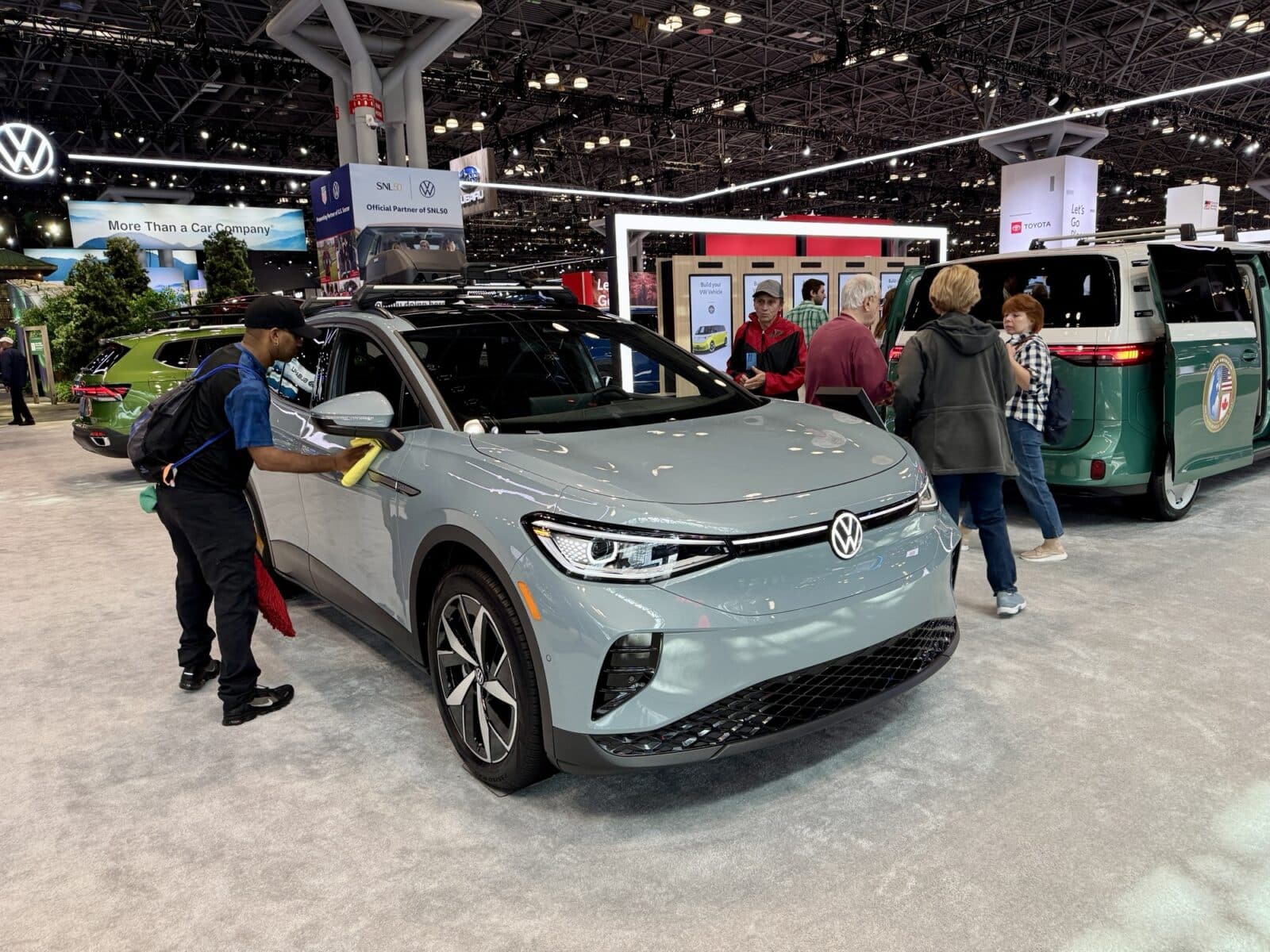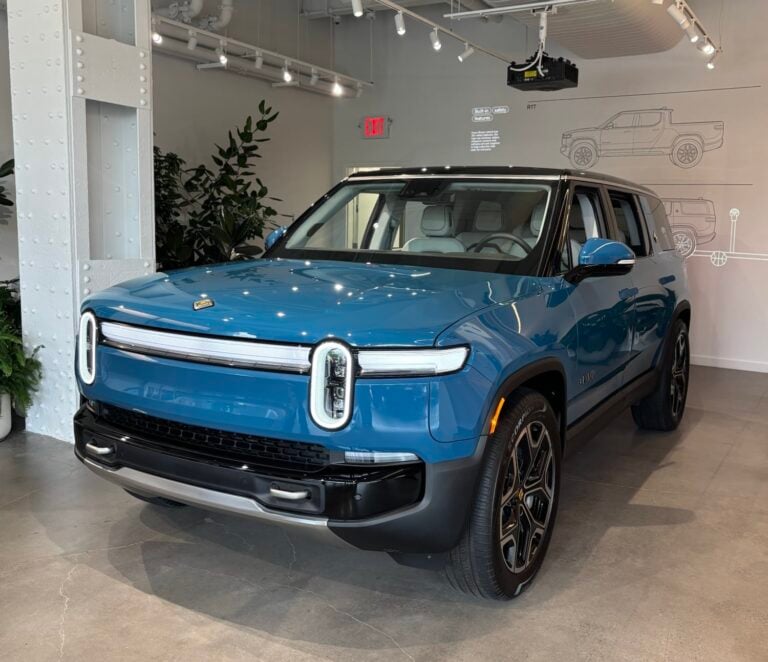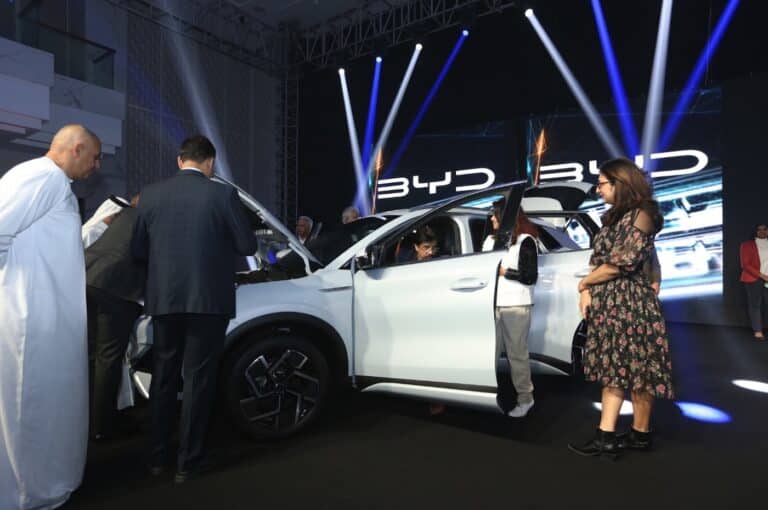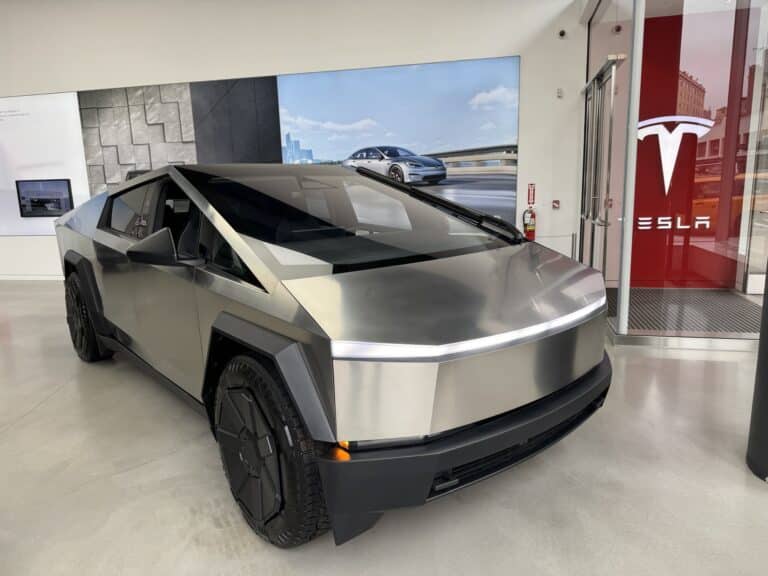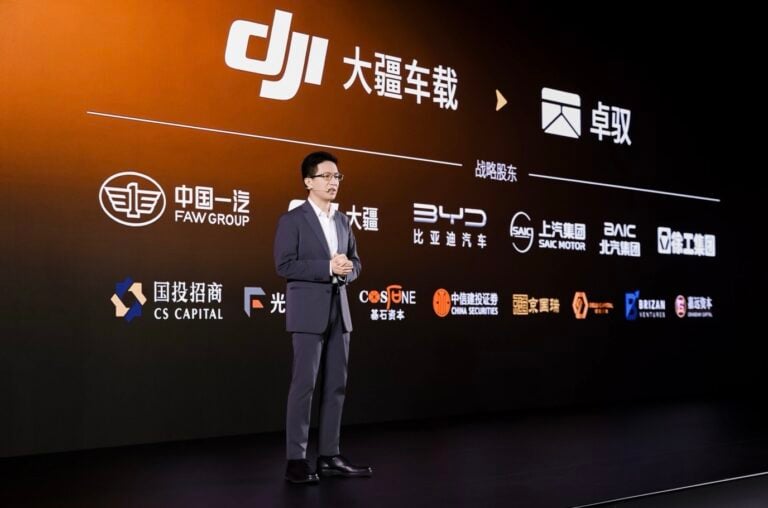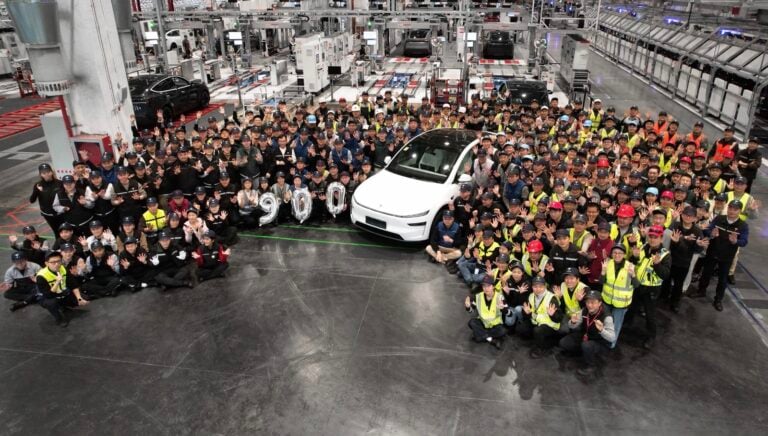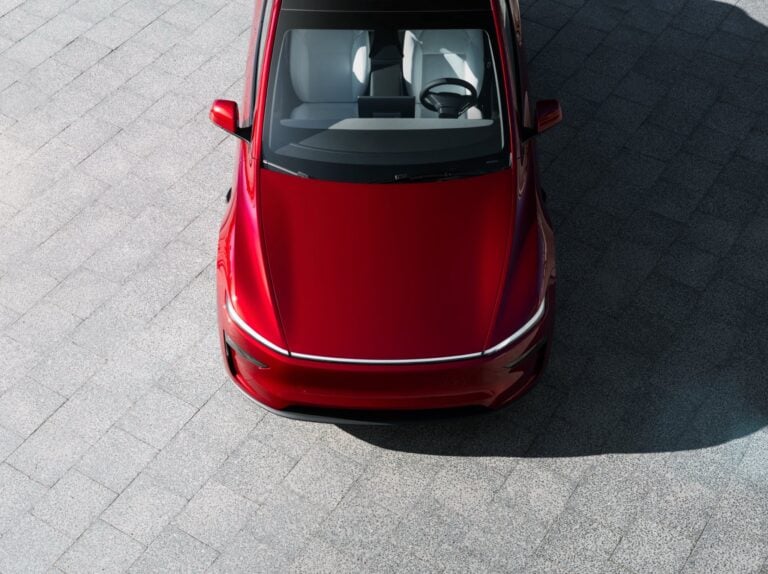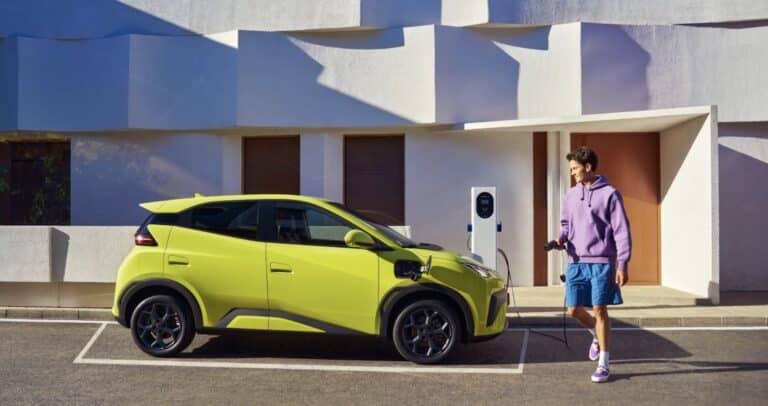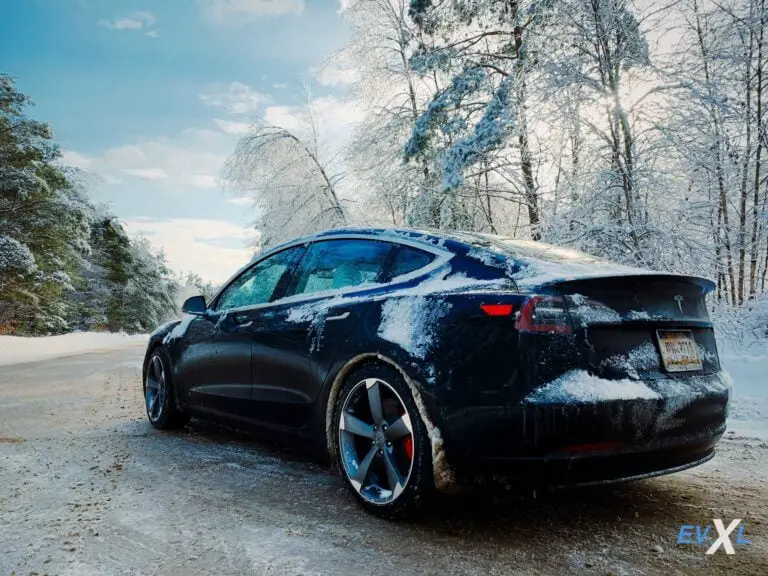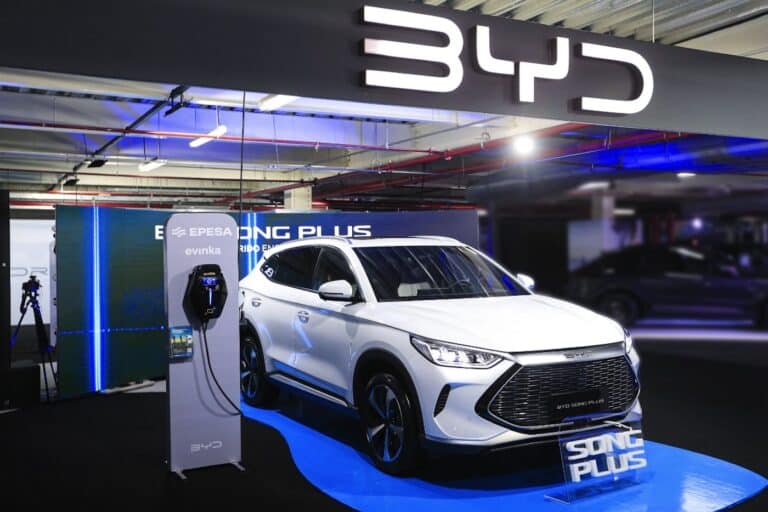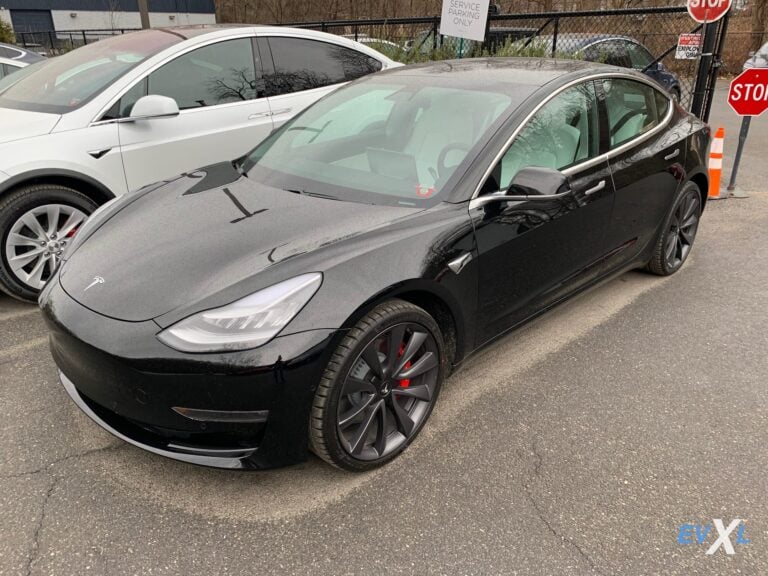Global automakers are overhauling their China strategies as foreign brands see their market share slide from 66% in 2020 to just 38% in the first half of this year, according to BloombergNEF. The shift reflects surging domestic competition, rapid electrification, and evolving consumer expectations in the world’s largest auto market.
Expanding China-Specific EV Lineups
With nearly half of new car sales in China now involving electric or plug-in hybrid models, EVs have entered the mainstream. This surge is forcing foreign automakers to tailor vehicles specifically for local buyers. Toyota offers three bZ electric models exclusive to China, while Honda and Volkswagen have launched China-only brands.
Volkswagen and Hyundai are also moving into range-extended EVs, a drivetrain increasingly popular in China’s large vehicle and SUV segments. These moves target mass market and premium categories where local dominance is not yet absolute. However, international brands risk losing younger, tech-savvy buyers if they cannot match domestic rivals on pricing, range, charging speed, software, and autonomous capabilities.

Partnering on Smart and Automated Driving
Advanced driver-assistance systems (ADAS) have become a must-have for Chinese EV buyers. Most foreign brands trail local competitors in city coverage and cost competitiveness. Even Tesla’s Full Self-Driving subscription raises Model 3 and Model Y prices to roughly $42,800–$46,800—10% to 20% higher than comparable domestic offerings such as the Xiaomi SU7 or Aito M5.
To close the gap, global manufacturers are forging deeper partnerships with Chinese tech firms. Beijing-based Momenta, a leading autonomous driving software provider, now counts Toyota, Nissan, General Motors, Honda, BMW, and Volkswagen among its clients.
Accelerating Development Through Localization
China’s fast-evolving consumer market demands shorter development timelines. Domestic carmakers can launch a new model in 18 to 24 months, compared to three to five years for most international brands.
In response, companies like Volkswagen and Toyota are decentralizing decision-making, expanding local R&D, and creating EV-specific platforms for the Chinese market. These platforms, expected by 2026–2027, aim to produce multiple models on shorter cycles.
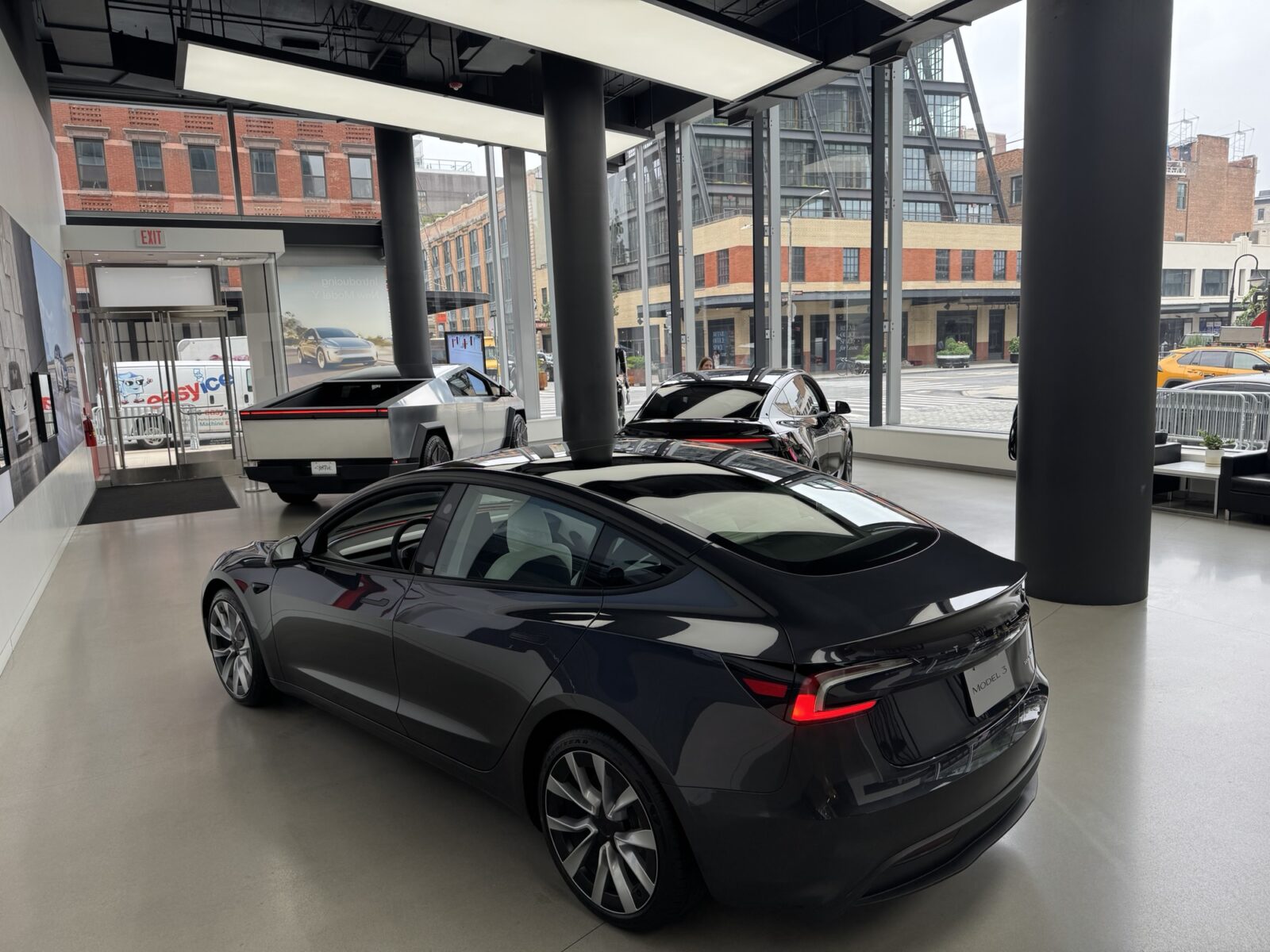
Boosting EV Production Capacity
Declining demand for internal combustion engine (ICE) models has left many foreign-operated Chinese plants underutilized. Average capacity use dropped to 46% last year, down from over 80% less than a decade ago. Automakers are closing or converting ICE facilities, cutting ICE capacity from 19 million units in 2017 to 13 million in 2024, while expanding EV capacity from 1 million to nearly 10 million units.
Some, like Renault and Kia, are retooling their Chinese operations into EV export hubs, capitalizing on supply chain efficiency and lower production costs to supply affordable models to overseas markets.
Outlook: Competing on Speed, Price, and Innovation
Success for global automakers in China now hinges on more than just producing EVs. They must deliver competitive features quickly, align pricing with local expectations, and integrate advanced driver-assist technologies.
As Volkswagen, Toyota, and others pivot to an “in China, for China” approach, their ability to outpace nimble domestic rivals will determine whether they can regain lost ground in a market that is increasingly setting the global standard for EV innovation.
Entdecken Sie mehr von EVXL.co
Melde dich für ein Abonnement an, um die neuesten Beiträge per E-Mail zu erhalten.

